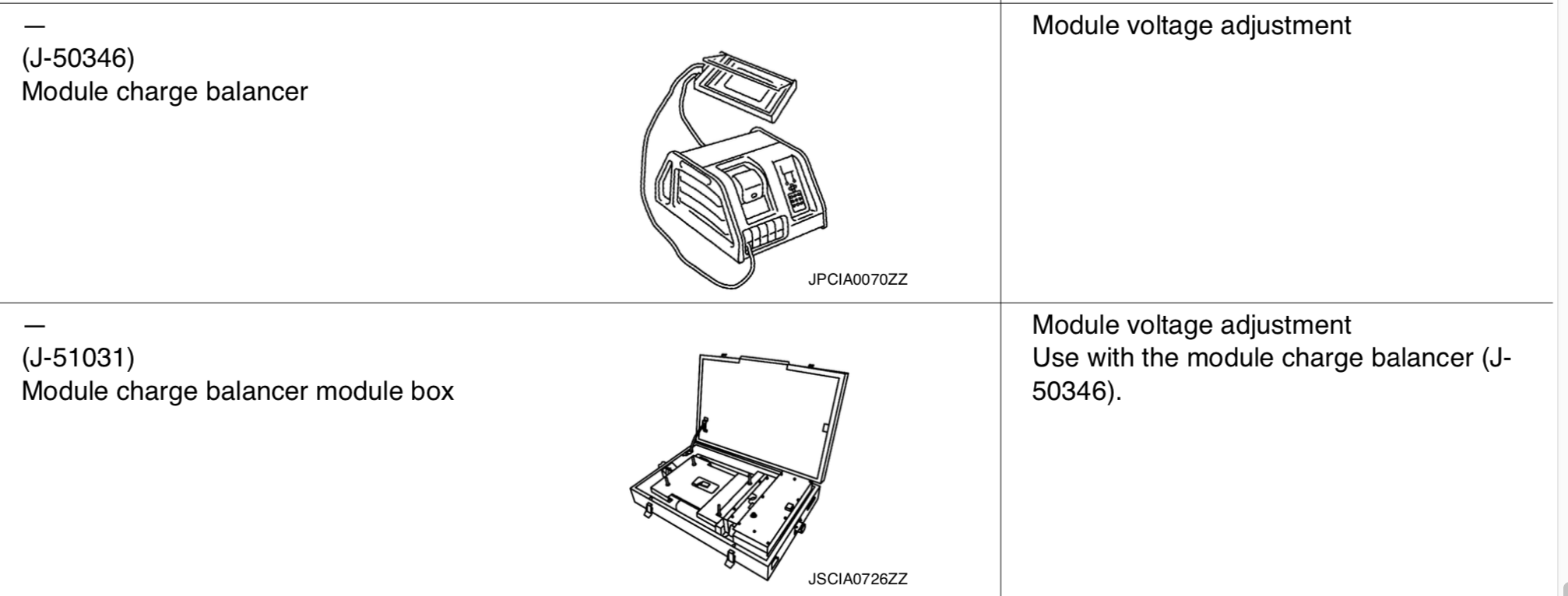nlspace said:You have an incorrect assumption--that the BMS balancer pulls current from one cell to charge another.
The bleed resistors (430 ohms) on the LBC board can only burn off excess energy of a higher cell to bring it down to the level of the lower cells. The ASIC chips have internal transistors that provide the switch path for the balancing control of each individual cell in the 4-cell groups that each chip monitors and controls.
There is no shuttling of charge around the board from high cells to low cells.
Yes, if that's how it works, I misunderstood for sure. If it's bleeing the charge off, the best case scenario is a high level SOC (higher voltage = higher bleed at the same resistance) for a long period of time.
If you want to try to balance it with the BMS, charge the car to 80%, leave it running in the garage at minimum power draw (with no heat/AC, etc) for hours until it gets to about 40%, charge via L1, and repeat until balanced. May take many cycles.
Again, I recommend that gary take the car back to the dealer and have it serviced properly.
Edit: Some quick math: 430 ohms at 3.7v = 0.032W power draw. Given a rated capacity of 56 AH, and assuming that the battery is 30% overcharged beyond the other cells (based on the range drop), that's a total of 16.8 extra AH in the battery. At a voltage of 3.7V, that's 62.16 WH in the cell. At .032W balancing draw, the car should fix itself after 1942 hours of operation--80 days nonstop.
Feel free to correct my math. If it's correct, I wouldn't want to rely on the BMS to balance those cells. Take the car to the dealer and have them fix it correctly.

